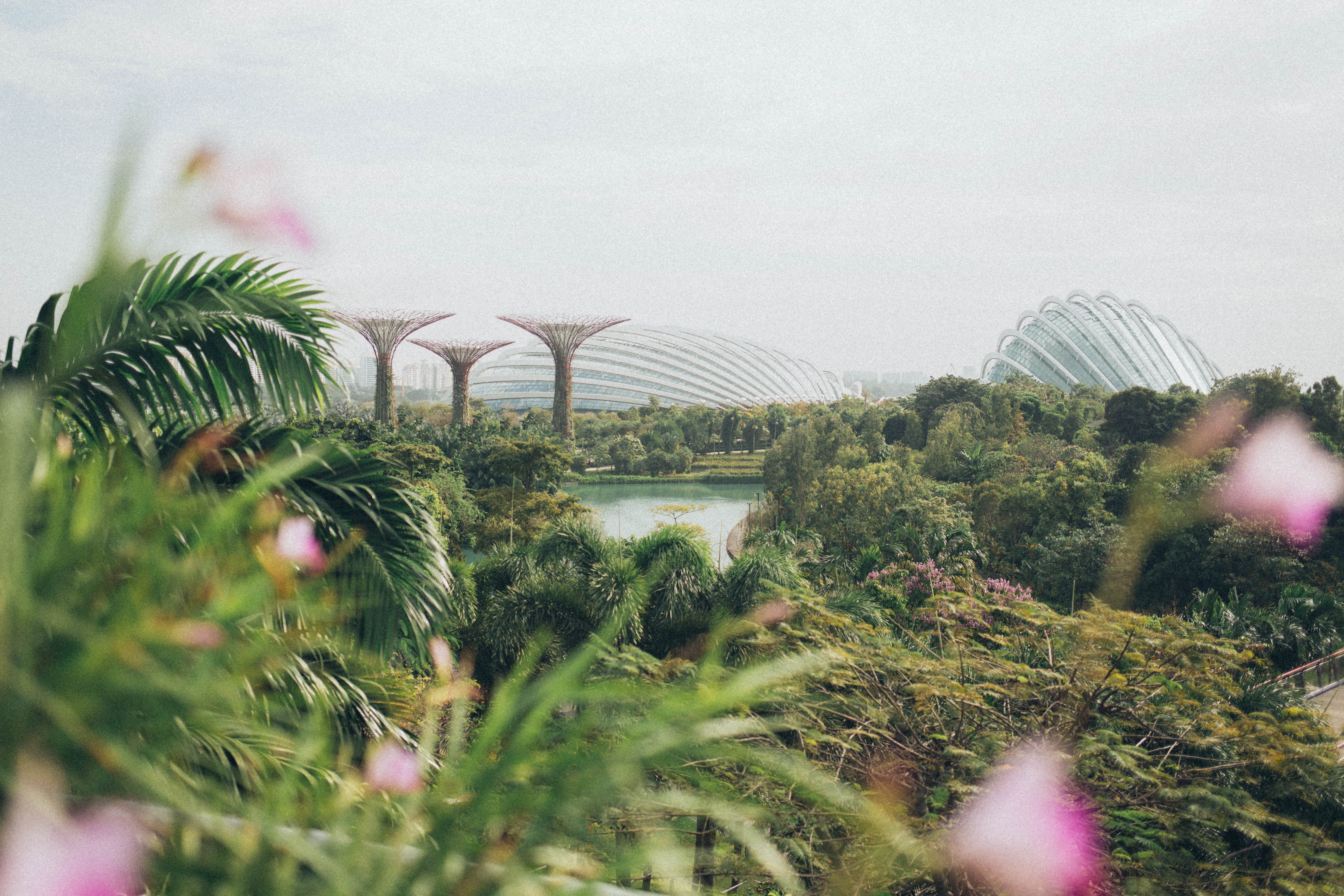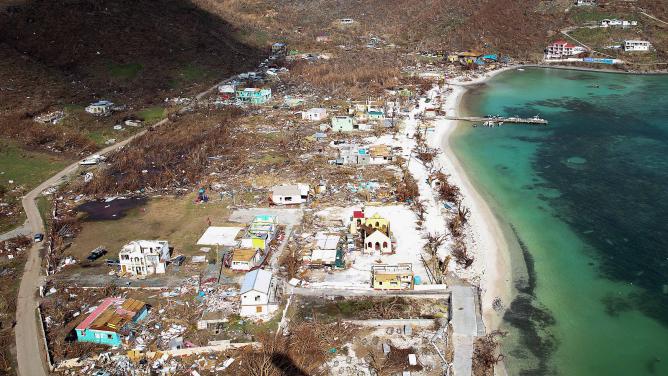
“Cities that have established a link between green infrastructure and low impact development implementation with effective asset management as part of an approach that integrates flood mitigation and stormwater.” This is how the Canadian Water Summit defines in a fashion the somewhat evocative concept of a ‘sponge city’. In fact, the metaphor speaks volumes. This vision suggests that a city and its green infrastructure must ‘absorb’ rain water rather than get rid of it, and then reuse it.
China: sponge city spearhead
While this utopian concept may have been thought up by architect Peter Cook in the 1970s, who dreamed of the ‘sponge city’ as a city absorbed into its natural surroundings, the true meaning of the concept appears to have come to life in China, thanks to a national program launched at the end of 2014. The aim? Ensure that 80% of urban land is capable of retaining and reusing 70% of storm water by 2030. The intentions behind this ambitious plan are two-fold: improve urban resilience against torrential flooding which threatens a large majority of China’s major cities, and also secure their water supply.
These Chinese cities’ toolkits include the idea of substituting costly traditional drainage solutions for alternatives that put the existing urban landscape to good use and/or take inspiration from the natural water cycle. Just like the pioneering city of Wuhan, these sponge cities feature rain gardens and green roofs, include water ‘bio-retention’ solutions, have designed pervious pavements to help reduce water run-off volume and built permeable (or porous) roads. Taipei has also cottoned on to the latter two, which help reduce the effect of urban heat islands, and could integrate connected solutions for smart water management in the future.
The great sponge metaphor spin-off
Almost five years after the program was launched, city infrastructures have got ‘greener’ in China, especially in Shenzhen. As one of the project partners notes, the program has enabled the city to control rain water run-off while guiding urban development that benefits globally all those in the community.
After achieving success in China, the sponge city model has seduced over-exposed climate zones such as the Caribbean and Kenya, as well as major cities like Berlin and New York. The German capital has developed a partnership with the city of Copenhagen which, after a damaging rainy period, blew up old design habits with ‘sponge city techniques’ in order to manage run-off water in the city better. This enormous $1.5 billion-plan includes expanding the city’s sewer networks, but also a whole panoply of ‘surface’ solutions such as replacing asphalt surfaces with grassy green roads, to creating temporary water retention zones which also have other urban functions (such as playgrounds built ‘below ground’). Together, these solutions create an absorbent network which carries and reduces the speed of rainwater. In a word, it’s perhaps a genuine sponge city.
The smart city utopian model is described as a self-realising ideal which corresponds to a major ideal of our times: governance linked to a “non-human form of intelligence filled with control and regulation functions.” Likewise, the ‘green city’ utopia is perhaps one from a time which still trying to break out, the meeting point between the digital and ecological transitions. Thanks to its metaphorical appeal, the sponge city concept helps shift imaginaries all while inventing, in reality, new ways of doing things. However, will the ideas themselves be more important than the solutions they bring for preparing people for new ways of living? “The idea of creating a storm water management program for the whole of New York is a little intimidating,” the Danish explained… Yet, “It was always a pretty crazy idea to do it in Copenhagen!” The ‘spongification’ driven by local councils and sustainable infrastructure specialists seems well and truly underway – under the condition that it manages to muster up private funding.


